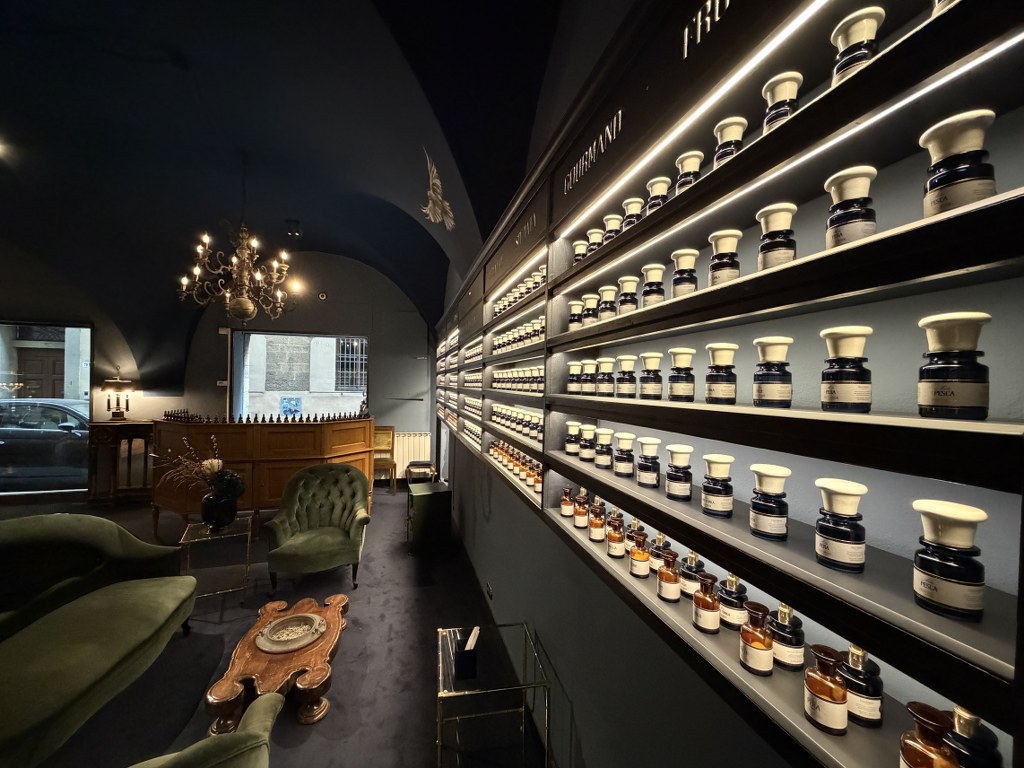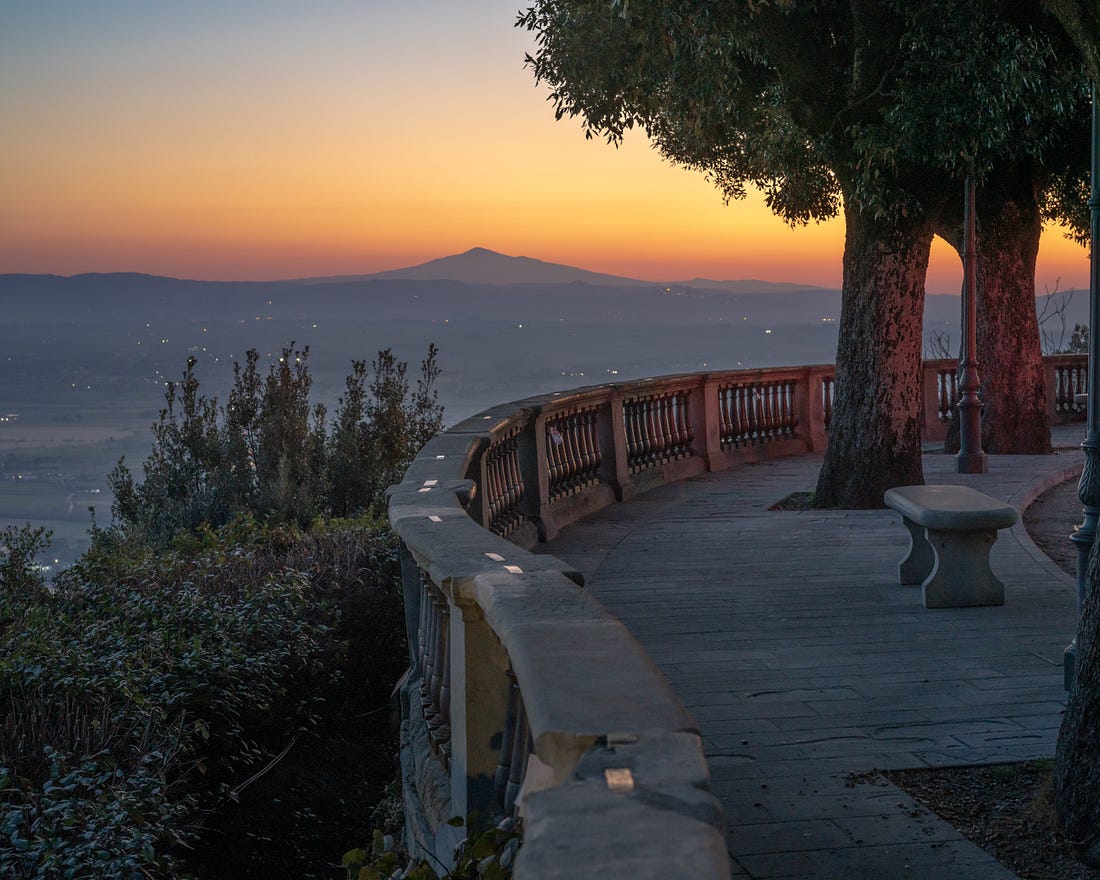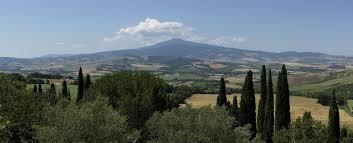I am most fortunate: I found my home. In July 2020, I made an impromptu day trip to
Cortona, having no idea my impulsive urge to visit this ancient hill town was a
crucial step towards daily joy. I returned two weeks later to meet with Nicola
Burazzi, at Cortona International, to view potential properties. I fell in love
at first sight with my 400-year-old farmhouse, and moved in October 2020,
during the olive harvest. In the ensuing months, I have slowly been putting my
stamp on the property. The most concentrated effort has been the garden. I
craved both flowers and vegetables, which required carving out a place for them
amongst the established Mediterranean garden of olives, lavender, rosemary, lawns,
and neatly trimmed hedges. Over a number of months, a sloping hillside was
transformed into terraced beds with wide stone stairs leading to a gazebo,
ideal for enjoying meals, the skies and views. Sunsets are particularly
stunning.

My search for a centerpiece for the
vegetable garden, with its raised beds, lead me to Andrea Roggi, one of Italy’s
preeminent sculptors. Specializing in lost wax casting for bronze, with motifs
of olive trees and entwined figures dancing as they reach for the heavens, his
work is organic, ethereal, utterly mesmerizing. Andrea’s spiritual connection
to the forces of life is apparent, as is his being Tuscan through and through.
That his studio and home are in Castiglion Fiorentino, about a half hour drive
from Cortona, is a bonus. Touring his atelier, I found myself in awed
speechlessness. Here is an artist who oversees every step of his creations,
with a talented and trained group of artisans meticulously working through each
painstaking step. Andrea’s masterpiece, Roots of Change, has found its home in
my garden. We reside here together, amongst the olive groves and Tuscan hills,
the seasons caressing us, the wind cooling the earth even on a sultry day.

Summer days are languid. Tourists have
returned to Cortona, clogging parking lots, strolling through the winding
streets, lining up for gelato. I tend to avoid the crowds of town other than for
leisurely lunches at La Loggetta, opting instead to hike Etruscan and Roman
paths through the countryside in the early morning, work in my garden, write,
test recipes for Molesini Wine Club, enjoy meals with friends. My dog Boo rolls
in the sun-soaked lawn, the afternoon light precise, blocking out sharp
shadows. I sit at the long wooden table outside my kitchen door and consider
what to prepare for dinner. I have a bounty of tomatoes, zucchini, eggplant,
cucumbers. Maybe first a glass of local wine? Cortona Syrah is particularly
satisfying.

I settle into these sweet routines. There’s
a difference between settling and settling in.
Often, one settles for less than their dreams, hedging their bets that
whatever they are settling for may be the best they’ll ever get. Settling in,
on the other hand, is a process rather than an acceptance. We all live somewhere. Freedom is having the
right to choose where we live and with whom we spend our time. Many people, who
do have the means to move, settle for a place they really don’t like,
rationalizing and justifying it with an entire litany of why they remain: job,
family, money, friends, or that it is simply too difficult or frightening to up
and move for no reason other than desire. Far too many people settle for being
stuck. Paradise does exist here on earth, mostly populated with people. I am so
grateful I’m settling into mine.







